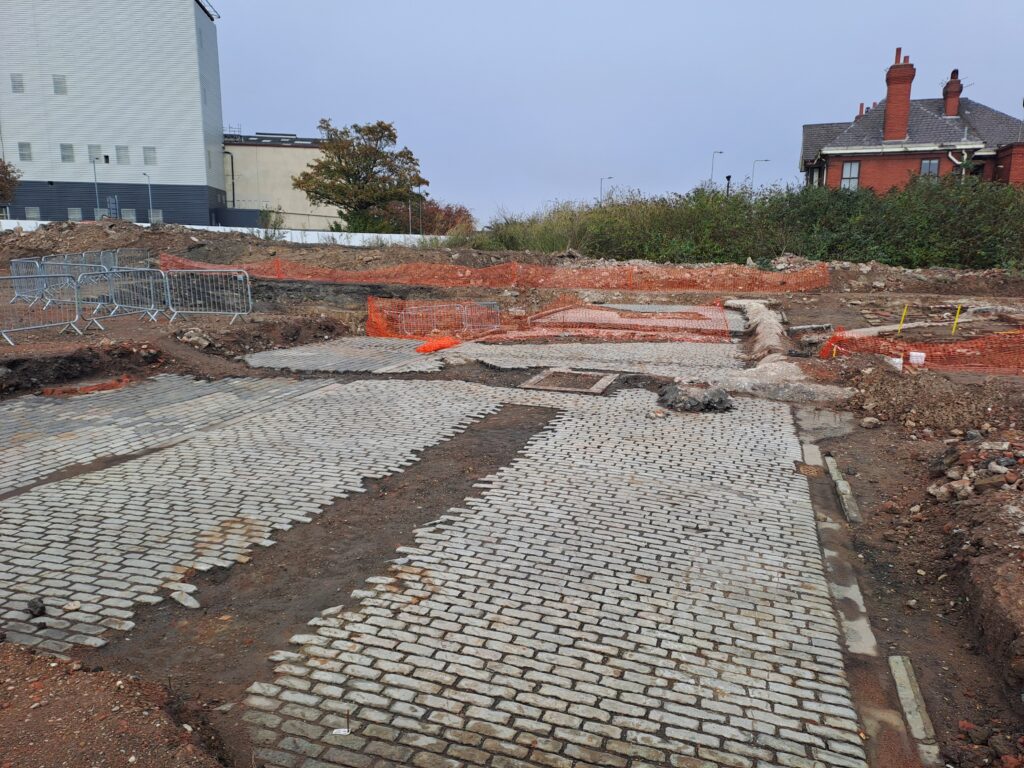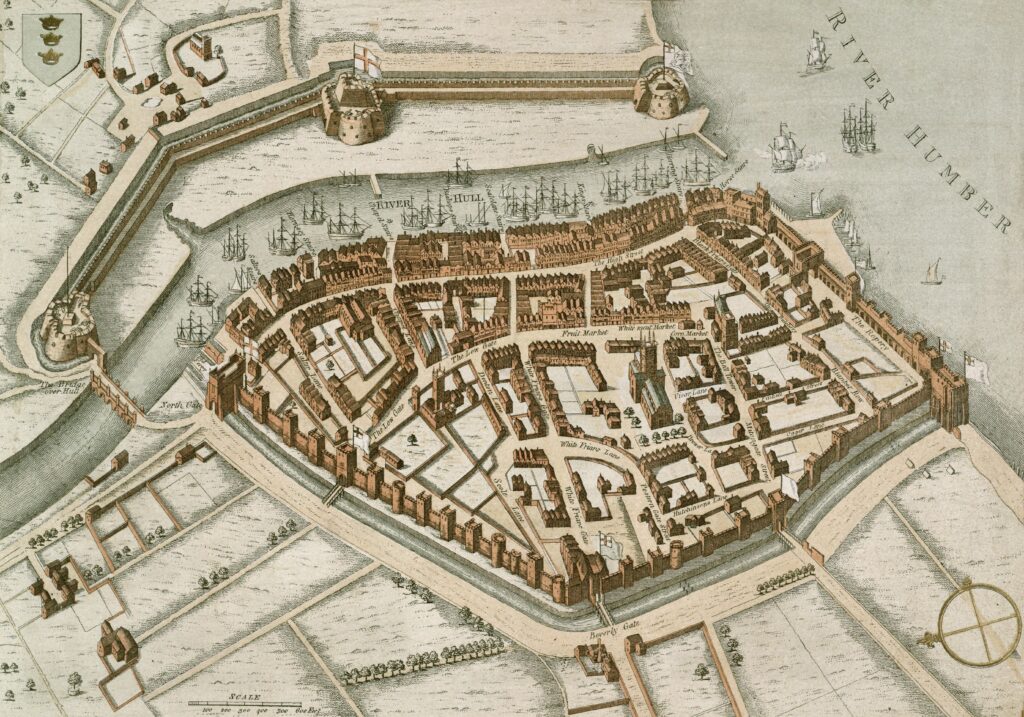A fascinating six-week community archaeology dig which uncovered more than 700 years of Drypool’s history came to an end last week.
Humber Field Archaeology (HFA) were joined by a team of enthusiastic volunteers on the former Clarence Mill site, discovering artefacts from as far back as the reign of Edward I, when Hull got its royal charter.
Since early September, the history of the Drypool area has been revealed thanks to careful excavation and identification.
Highlights included a glimpse into medieval life; part of the east bank defensive wall built by order of King Henry VIII between 1541-43; 18th century workers houses; the infilled remains of the pool that stood at the heart of the village for hundreds of years; and Harcourt Street, which received bomb damage during World War II and was subsequently covered over.

Peter Connelly, archaeology manager for HFA, led the project. He said: “We have unearthed some amazing artefacts at the site, over 700 years’ worth of stories.
“We’ve found a much longer period of continuous habitation than we initially expected, right back to when Hull received its royal charter 725 years ago.
“There’s evidence of Henry VIII’s history in Hull, including a moat around the wall he had built, right through the Georgian and Victorian periods to the early-to-mid 20th century.

“It’s fantastic that HFA has been able to access the site and the information uncovered will go some way to helping Hull City Council with its future developments.”
The community dig highlights a key ambition of Hull’s Community Plan – ‘Our Culture, Our Heritage, Our City’ – and followed a statutory exploration by HFA earlier this year as part of preparations for the council’s East Bank Urban Village development.
Around 120 volunteers discovered their own bit of history across the six weeks, including Ursula, who was part of the final group of volunteers.

She said: “This is my first archaeological dig and I didn’t really know what to expect, however I’ve met so many like-minded people from different walks of life and it’s been brilliant.
“The HFA team has been so helpful and very generous in taking their own time to explain what we have come across.
“You really don’t know what’s going to come out of the ground, so for them to describe what’s being found in such great detail has been amazing.
“I’ve found items from 14th century pottery to Victorian waste.
“This was a great opportunity and I was sad to see it finish. I hope the council and HFA are able to host more community digs as they’re fascinating and very inclusive.”
The council is preparing to evaluate developer submissions to bring forward the East Bank Urban Village concept, with the Lead Developer Partner tender expected to close in November.
